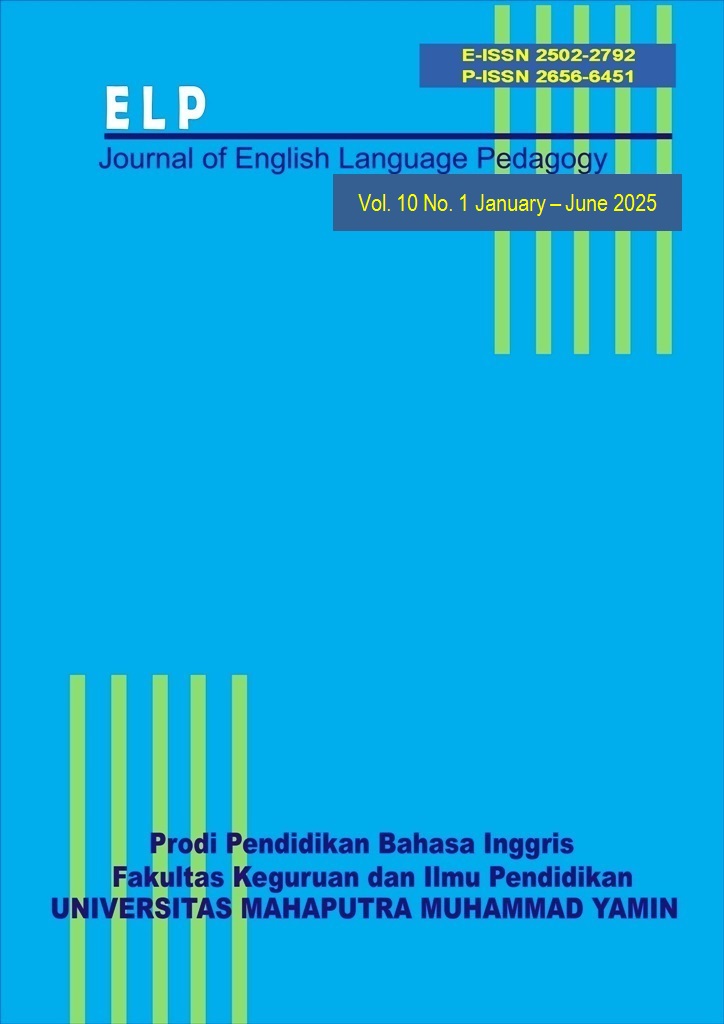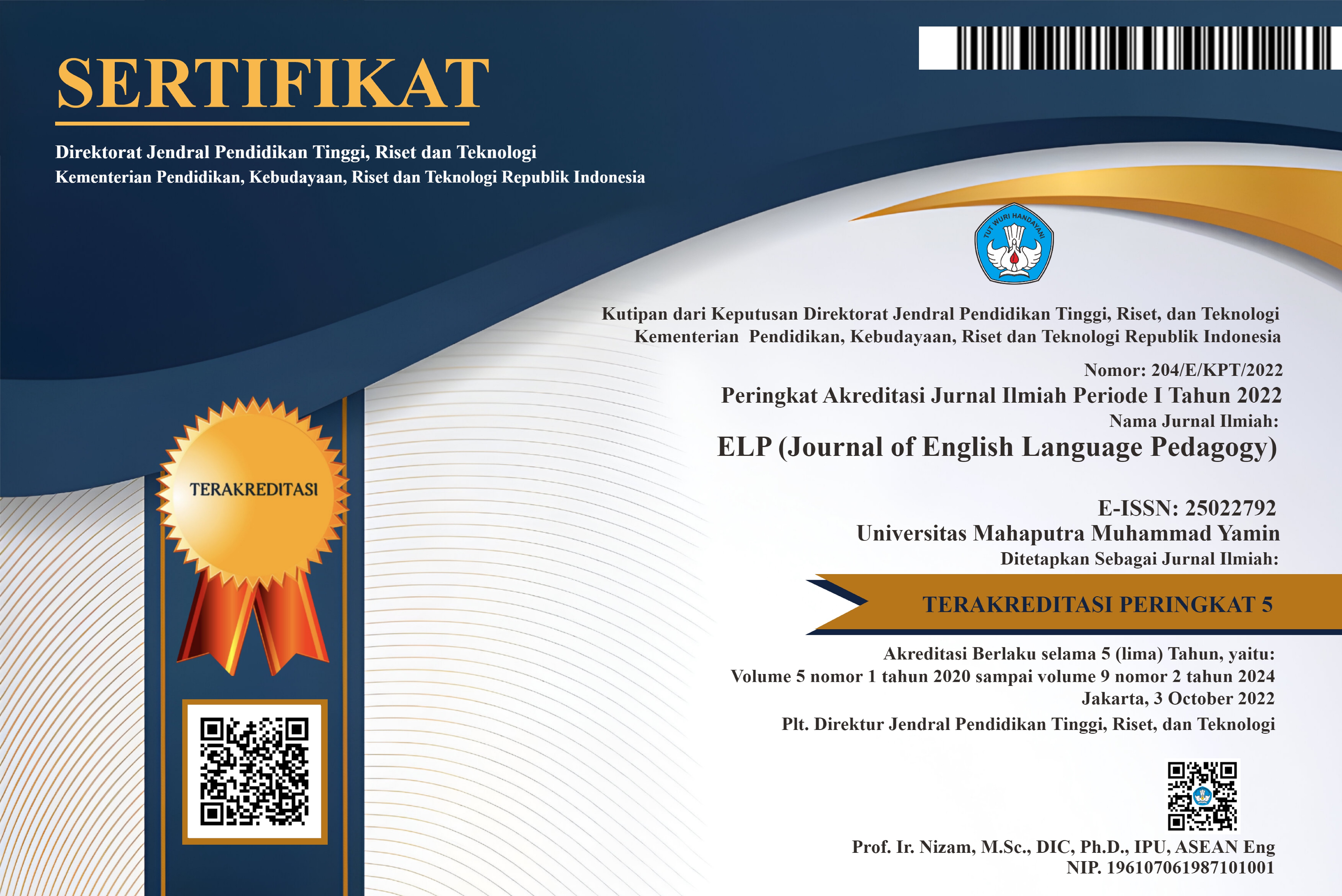STUDENTS’ LISTENING COMPREHENSION IN TOEFL: A STUDY ON STUDENTS’ PERFORMANCE ACROSS THE SECTIONS
Keywords:
Listening comprehension, TOEFL, assessing listeningAbstract
This study examines students’ performance in the TOEFL listening comprehension test, focusing on their strengths and weaknesses across three sections: short conversations (Part A), long conversations (Part B), and short talks (Part C). There are 45 students registered in the course “Aplikasi Pendidikan Bahasa dalam Pembelajaran PJOK” on the odd semester in the 2024/2025 academic year participated in this study. The participants are chosen because the course integrates TOEFL-based language instruction, as outlined in the semester learning plan (RPS), where one of the students’ difficulties is listening skills. A descriptive quantitative research design was conducted over a three-week study period, with listening tests administered weekly during three class meetings. The tests used questions adopted from standardized TOEFL practice materials, which were selected based on their alignment with the test's objectives and validated by experienced English instructors for relevance and difficulty. Data analysis discovered that students consistently performed best in Part C, with average scores increasing from 53% to 65% across three tests, while Part B presented the most significant challenges, with scores improving from 43% to 54%. Part A showed moderate performance, with scores rising from 49% to 60%. These results show that there is also an improvement on each part of the test, attributed to repeated exposure to the test format and the development of listening strategies. However, the persistent difficulty in Part B suggests the need for targeted instructional interventions to address challenges in extended dialogues. It can be concluded that the students demonstrated general improvement in TOEFL listening comprehension across all sections. The repeated exposure can be an effective strategy performance in TOEFL listening comprehension.









